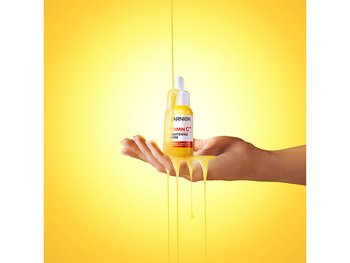Everything You Need To Know About Layering Serums
There are tonnes of benefits associated with applying multiple face serums (with different active ingredients) at the same time. Simply put, layering face serums on top of one another enables you to take advantage of multiple formulas simultaneously, letting you tailor your skincare routine to your skin’s specific needs. How many serums can you use at once? Can you use niacinamide and vitamin c serums? That’s a tricky question. Because serums are only effective when applied close to the skin, you probably don’t want to go overboard. Most people recommend using two carefully chosen face serums, such as Hyaluronic Acid and Vitamin C, to maximise the effects.




